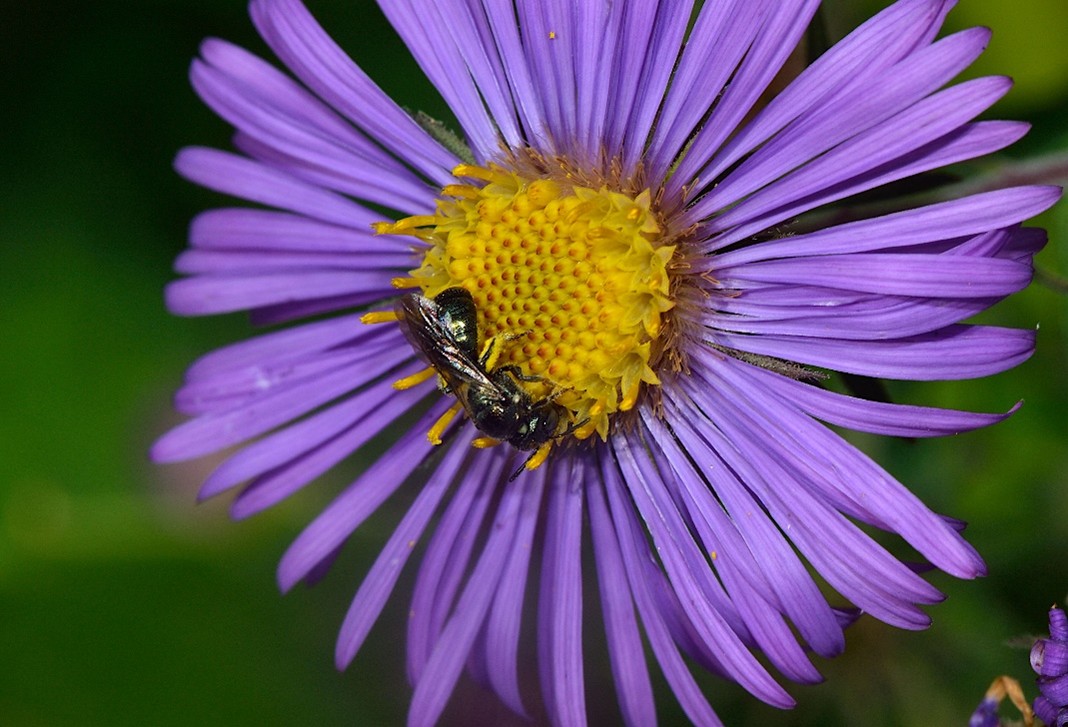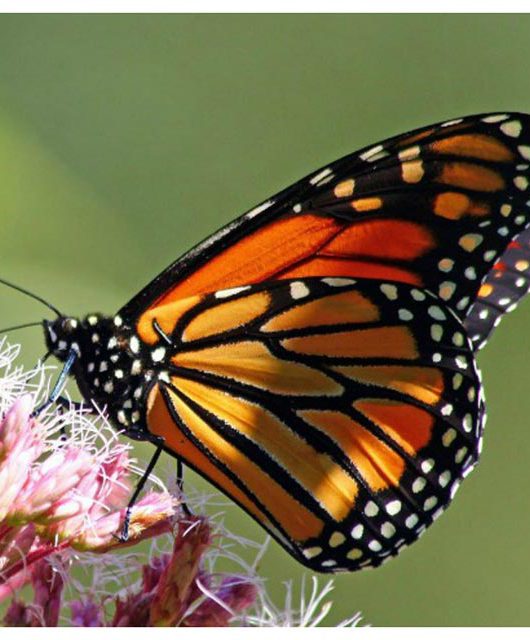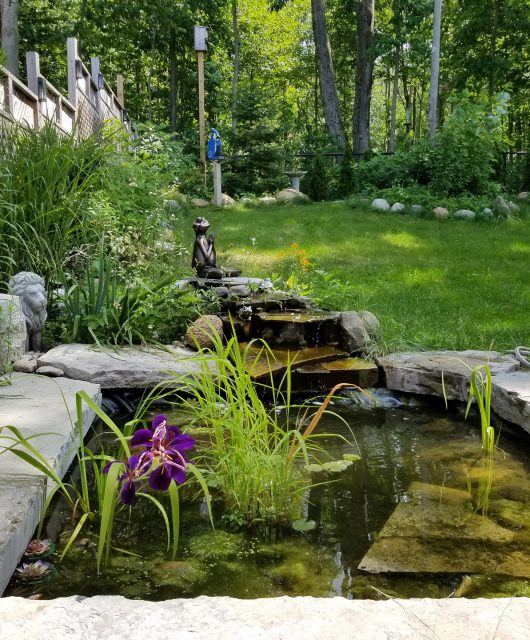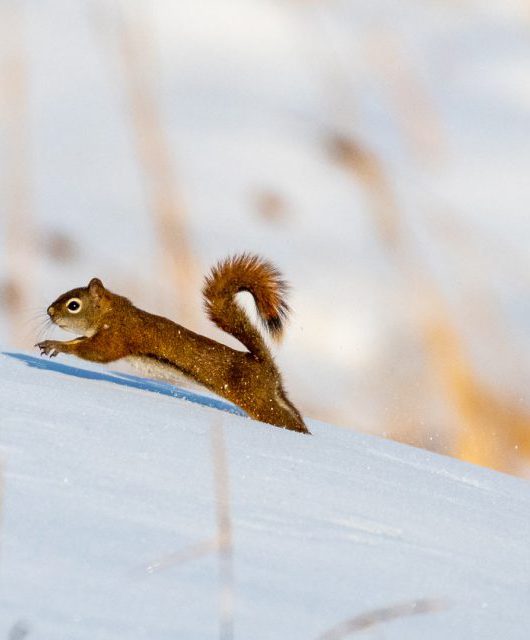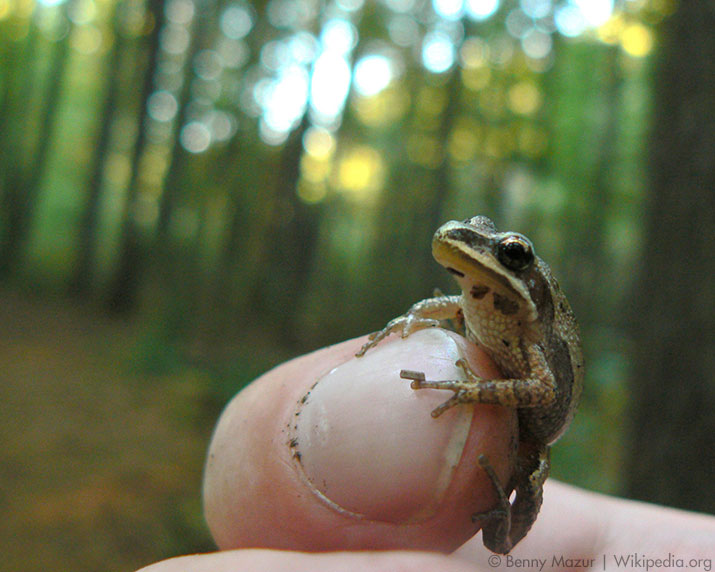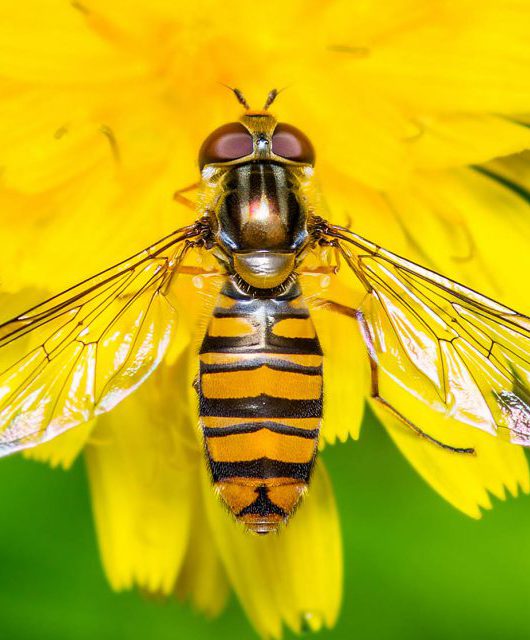When developing a native seed mix for pollinator meadows we advise including many species, sometimes as many as 25 species.
But why?
It can be quite expensive to purchase such a diverse mix, often $2,500 per hectare (for about eight kilograms per hectare). It may be hard to source locally, depending on what growers have been able to collect and store. If you can find the species you are looking for, you may not be able to find the volumes you need for your project.
So why do we have this goal of many pollinator-friendly plant species?
Here’s a list of six reasons why it is worth the time and effort to develop a diverse seed mix for your meadow project.
1. Offers food resources for a rich, diverse pollinator community

2. Provides nectar and pollen across the seasons
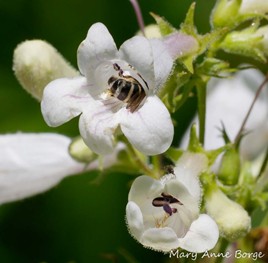 Hairy Beardstongue (Penstemon hirsutus) blooms in spring-early summer when flower resources are scarce in Eastern Ontario. Mary Anne Borge
Hairy Beardstongue (Penstemon hirsutus) blooms in spring-early summer when flower resources are scarce in Eastern Ontario. Mary Anne Borge
3. Allows for a variety of flower colour

4. Support generalist and specialist species
Specialists are those species who only feed on one species or family of plants. For example, the Eight-spotted Miner Bee is a specialist from the aster (Symphyiotrichum) family of plants.
5. Some flowers will bloom early on in the restoration project and others will show up later in the project
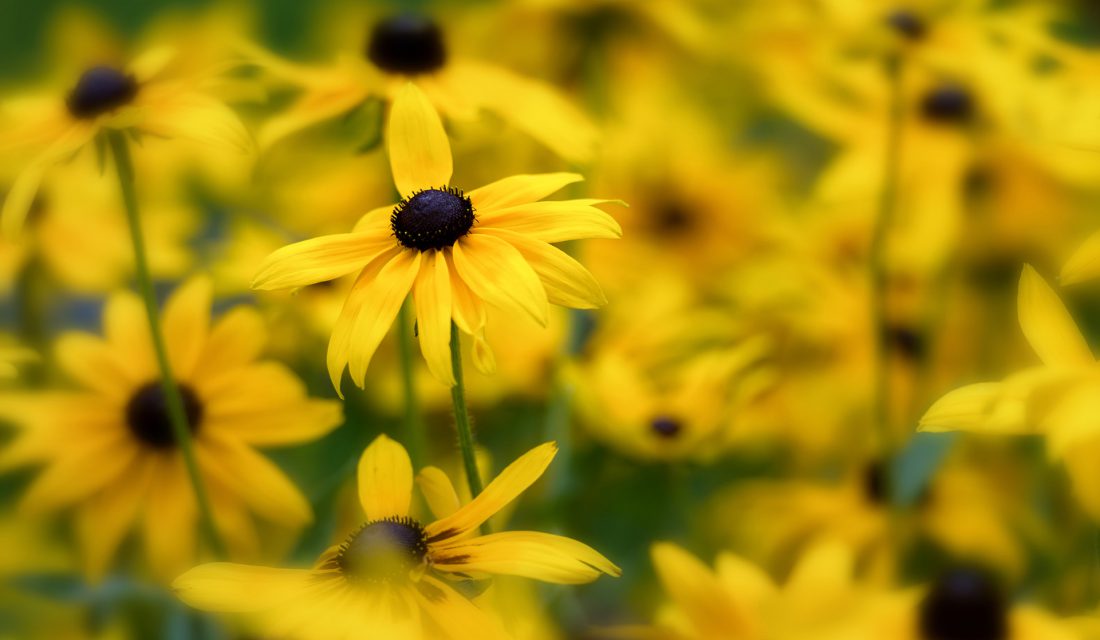
Brown eyed Susans (Rudbeckia hirta) are dominant in the first year of this restoration project.
6. A diverse mix of flowers provides a variety of flower structure. Some pollinators can only access certain kinds of flowers.
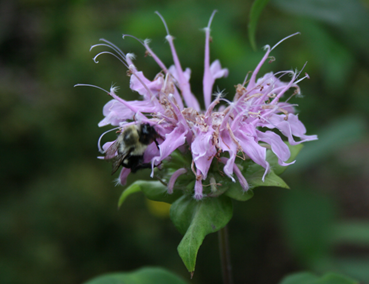
Wild Columbine (Monarda fistulosa) has long tubular flowers that can only be accessed by long tongued pollinators like butterflies, moths, large carpenter bees and bumblebees.
I hope I made a convincing argument that highly diverse mixes for pollinators are important. I hope you will make this your goal when designing meadow mixes for pollinators in your projects. The pollinators will thank you.
Learn more about the work the Canadian Wildlife Federation is doing for native seeds and pollinators.


